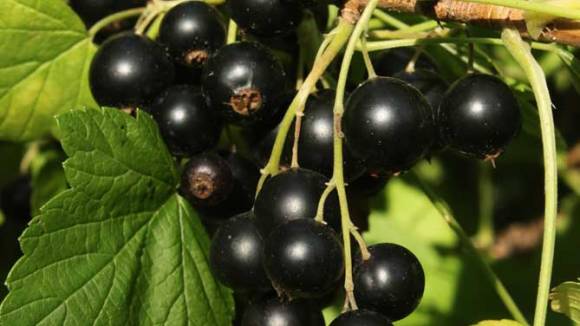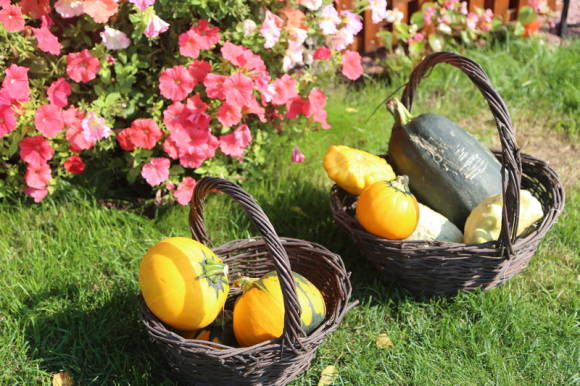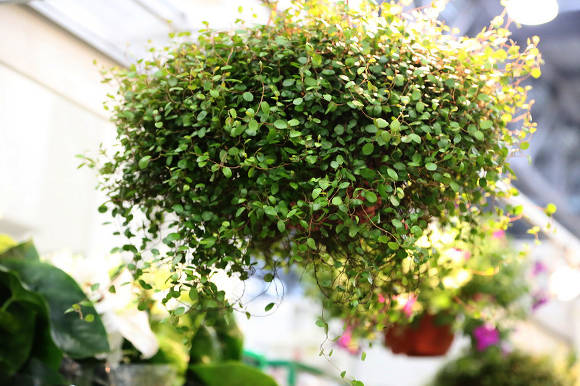
Radish is the closest relative of the radish. But if the radish has been known to people since ancient times, then radish has been cultivated in Europe only since the 16th century. It is the first root vegetable to appear on our table in early spring during a period of vitamin deficiency and is the basis of most spring salads.
Everyone likes radishes. Ideally, it should be crispy, juicy, not bitter, free of coarse fibers, and not wormy. However, for some reason, such a root crop does not grow in everyone and not always.
For early sowing of radishes, it is better to choose a well-lit area with a small southern slope. The best soils are loose sandy loam and light loams with a neutral or slightly acidic reaction. On clay soils, which quickly form a soil crust, radishes do not set root crops. Any crops other than cruciferous crops can be the predecessors of radish.
And in spring greenhouses, radishes are often grown as a compactor or the first crop before tomatoes and cucumbers. For these purposes, varieties with a short growing season are better suited. They vigorously absorb solar energy, grow quickly, form less flowering shoots and form dense roots. They give finished products in 20-30 days.
Preparing the soil for radishes begins in the fall. The site is dug to the depth of a shovel, adding 1 square meter of rotted compost and peat, 1 tbsp. spoon of superphosphate and potassium fertilizers. In early spring, the bed is loosened to a depth of 10–12 cm, if necessary, river sand and nitrogen fertilizers are added, watered with hot water and covered with a black film for 2–3 days.
Radish is a short-day plant, so it should be sown as early as possible. Many gardeners do this even on the ice crust. The earliest sowing in film greenhouses and hotbeds is carried out at the end of March and repeated until mid-May, the latest in greenhouses - at the end of September.
To grow radishes in a greenhouse, it is necessary to select varieties that are resistant to plant shooting, which are now abundant in seed stores.
Usually radishes are sown with dry seeds or soaked in warm water for 12 hours. Seeds are sown into grooves to a depth of 1-1.5 cm, spreading them 5 cm apart with a row spacing of about 15 cm.
Particular attention should be paid to the feeding area. If the sowing is thickened, then the yield of marketable root crops will be small. Before sowing, the furrows should be watered with hot water.
Immediately after sowing, the beds must be covered with a film stretched over wire arcs or a covering material. For those who wish to use radishes for a long time, the seeds must be sown at several times with an interval of 8-10 days.
Before the emergence of shoots, the temperature should be 15–20 ° С, then it should be reduced to 7–8 ° С for a week, and then it should be maintained at 16–18 ° С during the day and 12 ° С at night.

Early radish grows superbly on compost heaps. Pour hot water over such a pile, sprinkle 3–4 cm of fertile soil on top and sow radish seeds. Then immediately cover the crops with foil. And as soon as shoots appear, remove the film, and cover the plants with lutrasil.
Indoor radish care consists in thinning, loosening and watering, fertilizing and fighting the soil crust.
Radish shoots appear quickly. 7-8 days after the emergence of seedlings, crops are thinned if necessary, removing weak and deformed plants. Then the crops are watered from a watering can with a strainer by sprinkling. As soon as the soil dries up, the soil is loosened between the rows, gradually raking it up to the plants until the cotyledonous leaves.
Radish is very picky about soil moisture (within 60–70%). Lack of moisture leads to lignification and flabbiness of root crops, and they, before reaching technical ripeness, form stems. Therefore, in order to get a high yield, it is necessary to systematically water the plants, especially when the first true leaf appears and during the formation of root crops.This should be done regularly once a week, and in hot weather 2-3 times a week, 10-15 liters per 1 square meter, otherwise the roots may crack at variable humidity.
To avoid this, the soil along the radish rows should be covered with peat or covered with covering material. It is better to water in the evening, then during the night the moisture will saturate the soil to a sufficient depth.
There is no consensus regarding fertilization of plants with properly filled soil. On the one hand, feeding the plants with a full mineral fertilizer or mullein solution increases the yield of root crops. On the other hand, it increases the accumulation of nitrates in root crops. But with poorly fertilized soil, at the beginning of the formation of root crops, it is necessary to feed the plants with mineral fertilizers (for 10 liters of water - 1 tablespoon of nitrophoska), and after 10 days with a mullein solution or weed infusion.
Since radishes are sensitive to chlorine, only sulfate should be added to the soil, not potassium chloride. Moreover, if there is enough potassium in the soil, then the radish will be beautiful and brightly colored.
After watering and in hot weather, the greenhouse must be regularly ventilated so that the temperature in it is moderate, because at high temperature and humidity, radish develops powerful tops to the detriment of the development of the root crop, a disease of plants with a black leg is possible.
When growing in film greenhouses and greenhouses, in addition to all of the above, it is necessary to maintain the best illumination of the plants, because with contaminated glasses, their growing season is lengthened.
And at the same time, radish is a plant of short daylight hours, he does not like long daylight hours. Good roots can only be obtained with short daylight hours, otherwise the plants will form flowering stems. To avoid this, the radish beds must be covered with black film from 6 pm to 8 am.

Radish for summer consumption is harvested selectively in 3-4 doses. This should be done early in the morning after evening watering. Then immediately cut the tops off without touching the roots, wash them in cold water and put them in the lower compartment of the refrigerator in an ajar plastic bag.
In this form, root vegetables can be stored in the refrigerator in plastic bags for up to 3-4 weeks. However, their shelf life strongly depends on the variety.
The main pest of radish in the garden is cruciferous fleas. Early sowing of radish allows you to remove it before the mass appearance of the pest. To combat them, before loosening the soil and before hilling the plants, the aisles are sprinkled with dry mustard at the rate of 1 teaspoon per 1 sq. meter of the garden.
Treatment of plants with infusions of insecticidal herbs - garlic, tansy, celandine, or dusting of seedlings with tobacco dust mixed with lime or ash (1: 1) also helps. No chemical treatments should be done against cruciferous flea beetles. Spreading road dust on radish seedlings is also considered to be somewhat of a deterrent.
And if you do not forget to do most of what was said in the article, then be sure that a good radish will grow in the garden with radishes.









